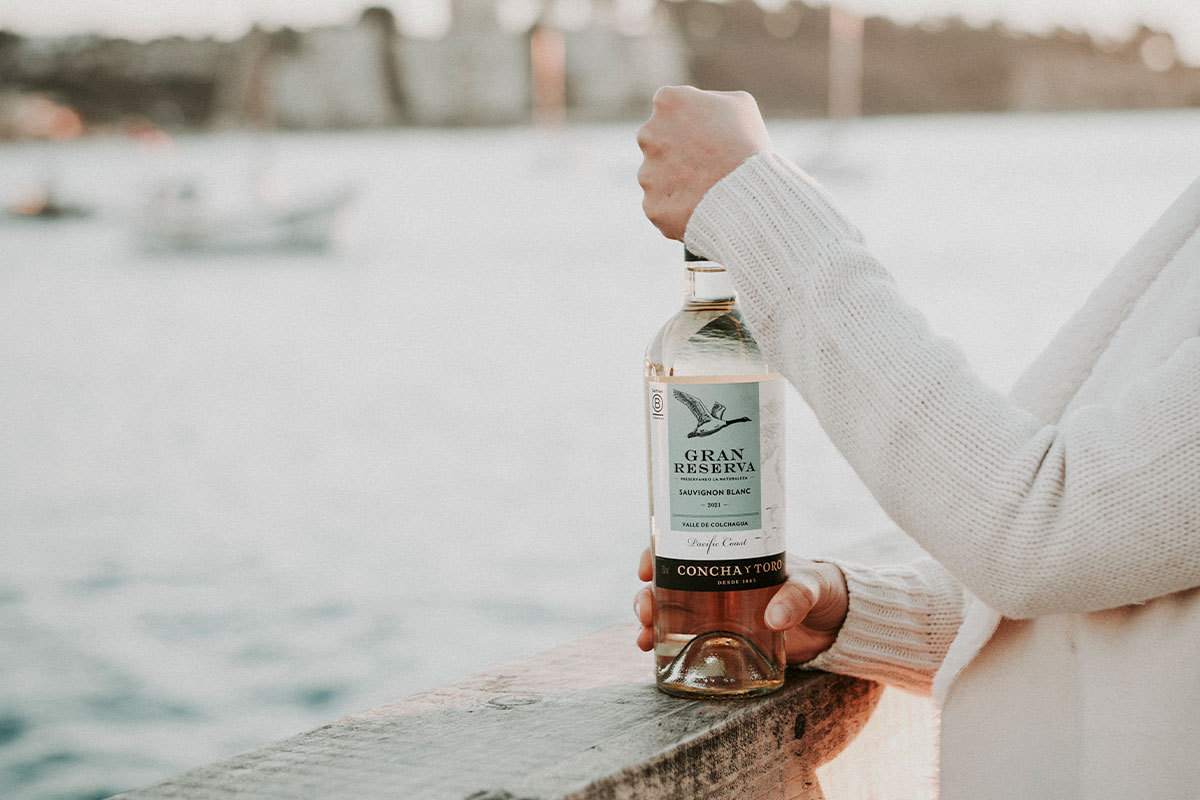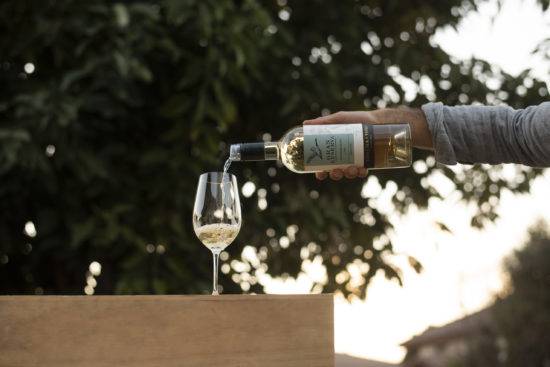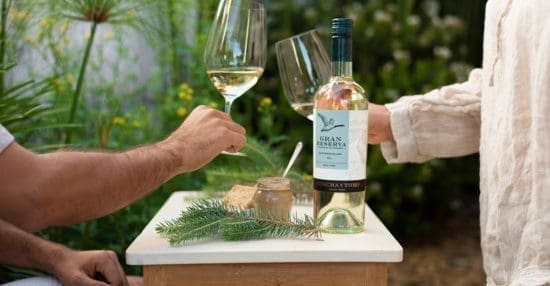Sauvignon Blanc from coastal climates


We have learned that the climate and landscape that surround the vineyards has direct influence in the wine’s expression and Sauvignon Blanc is no exception. What happens when this expressive white grape variety is grown near the sea? We’ll tell you now.
Sauvignon Blanc is a very aromatic white grape variety that is characterized by producing dry wines with distinctive herbaceous aromas and refreshing high acidity. Although its origins are in France, it has also been successfully cultivated around the world. Above all, in regions with moderate to cool climate, for the production of wines that are generally unoaked and best consumed while young.

In Chile, which is characterized by having a rather warm climate, Sauvignon Blanc is usually grown in coastal areas, river banks or at altitude, in search of cool temperatures that allow the grapes to mature slowly. Only in this way, Sauvignon Blanc will develop depth and retain its natural acidity.
The Casablanca Valley, for example, is one of the most typical places to produce this variety in Chile. Coastal breezes and morning fog are ideal for producing wines that retain that herbaceous or vegetal character reminiscent of the aroma of freshly cut grass or asparagus.
Another place is the Litueche sector in the Colchagua Valley. That is where the Fundo Ucúquer is located, whose vineyards are just 15 kilometres from the Pacific Ocean and 170 meters above sea level at the mouth of the Rapel River. A field that receives a great marine influence, bringing together ideal conditions to grow the grapes that give rise to Gran Reserva Sauvignon Blanc. In this case, it is an aromatic expression with mineral, citrus, lime and grapefruit notes, but also with a typical hint of tropical fruits such as passion fruit and fresh green herbs.
For this wine, fermentation takes place in stainless steel tanks and at a controlled temperature, to retain all its flavours and aromatic expression as much as possible. But after three months of aging in these tanks, a small portion of the wine is aged in French oak barrels for two months. This is how Gran Reserva Sauvignon Blanc gains a little more volume and texture in the palate, but retaining its characteristic freshness and persistence.

Without a doubt, an interesting expression of what Chilean Sauvignon Blanc from a coastal climate can be, which is recommended to drink now or within the next three years, to not miss the opportunity to enjoy those explosive layers of aromas and flavours of fresh fruit, minerality and so much more. You just must pour yourself a glass, swirl it and let yourself be surprised by its complexity and intensity. Cheers to Sauvignon Blanc Day!
We comply with the highest standards of verified social and environmental performance, transparency, and legal responsibility to balance benefit and purpose.
We adopt an Impact Business Model, creating beneficial links between business, community, and environment.
The Gran Reserva vineyards are an important part of the project to conserve native forest areas and protect local biodiversity. Our native forests have the ability to retain rainwater and control the kind of climate change that results from water shortages.
We take care of 1,432 hectares of protected forests and, on average per vineyard, a total of 105 species of fauna and 48 species of registered flora.
Our effort to preserve nature begins with responsible water consumption. 99% of the water we use comes from surface and subterranean sources.
Our vineyards are drip irrigated, which translates to a 90% efficiency on water consumption, and over the past 3 years, we’ve reduced our water footprint by 10%.
All of our winemaking processes require the use of energy. Our choice to invest in clean, renewable energy reflects our desire to co-create a sustainable planet for the future.
100% of the electricity used to make the wines in the Gran Reserva collection come from renewable sources, including solar energy.
Concha y Toro has been certified under the Wines of Chile Sustainability Code since 2012, which means that our vineyards are officially recognized as sustainable vineyards.
The wines in our Gran Reserva collection are crafted entirely from estate-owned grapes in sustainably managed vineyards.